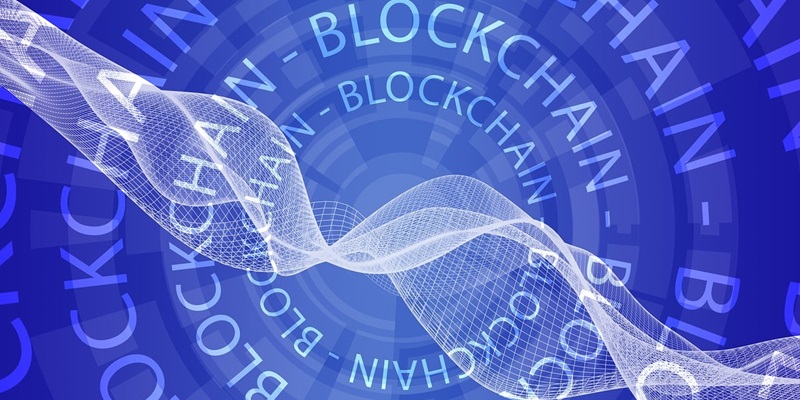Catizen, a pioneering name in the blockchain industry, has unveiled its latest breakthrough, Zircuit, an AI-driven, zero-knowledge Layer 2 blockchain. With the growing need for enhanced security and scalability in the blockchain ecosystem, Zircuit aims to address these challenges head-on. Fully compatible with the Ethereum Virtual Machine (EVM), Zircuit leverages artificial intelligence to bolster security by blocking malicious transactions at the sequencer level in real-time. This innovation, backed by Binance Labs, represents a significant advancement in blockchain technology and shows promise in reshaping how security and efficiency are managed in decentralized networks.
Zircuit Launchpool Event: An Incentive for Early Adoption
The Zircuit Launchpool event is set to commence on October 28, 2024, and serves as a strategic move to promote early adoption among CATI token holders and Catizen game players. The event offers substantial rewards totaling 8,333,333 ZRC, valued at $1.5 million. A significant portion of these rewards, 85% to be exact, amounting to $1,275,000 in ZRC, is allocated for CATI token stakers. The remaining 15%, equating to $225,000, is designated for game asset stakers. The structure for earning these rewards is straightforward yet incentivizing. CATI token stakers can earn rewards by staking between 1 to 2000 CATI tokens, providing an accessible entry for various levels of token holders.
In addition, game asset stakers are also given an opportunity to partake in this event. However, they must meet specific criteria by staking game assets that are level 300 or higher. Rewards during the Launchpool event are settled on an hourly basis, ensuring continuous engagement and reward distribution. This real-time reward settlement is linked to up-to-the-minute data from CoinGecko, providing transparency and accuracy. By structuring the event this way, Catizen not only galvanizes its existing user base but also attracts new participants eager to benefit from the early adoption incentives. The implications of this event on the broader blockchain community are profound, potentially setting new standards for community engagement and reward structures in the industry.
CATI Token Performance and Ecosystem Expansion
Following its listing on major cryptocurrency exchanges such as Binance, OKX, and Bybit, the CATI token experienced a significant price surge. The token’s value appreciated by 32%, reaching $0.7316, highlighting investor confidence and market momentum. The maximum supply of the CATI token is capped at 1,000,000,000, with 90,000,000 tokens specifically allocated for mining purposes. Upon its initial circulation on Binance, the platform released 305,000,000 CATI tokens, marking a substantial introduction into the market.
Catizen has demonstrated remarkable foresight in expanding its ecosystem, which is evident from its meticulously planned and executed roadmap unveiled in June. This roadmap includes a variety of initiatives such as staking and mining activities, multiple game releases, and several commercial expansion plans. By August, Catizen had launched a robust mini-game center comprising 18 distinct games, aimed at diversifying user engagement and expanding the platform’s utility. Their strategic moves have been well-calibrated to ensure both growth and sustainability, as evidenced by the consistent rollouts and updates.
In September, Catizen made headlines with its airdrop campaign and the initiation of staking activities across various exchanges. These steps were carefully designed to boost user engagement, create buzz, and further embed the CATI token within the broader cryptocurrency ecosystem. The airdrop effectively distributed tokens to a wide audience, increasing token accessibility and ownership among potential users. Simultaneously, the commencement of staking activities provided an additional layer of incentive for long-term participation, encouraging users to invest and trust in Catizen’s vision. By consistently expanding its ecosystem, Catizen not only enhances the utility of the CATI token but also solidifies its position in an increasingly competitive market.
Future Aspirations and Community Engagement
Catizen, a trailblazer in the blockchain space, has launched its newest innovation, Zircuit, an AI-powered, zero-knowledge Layer 2 blockchain. Given the rising demand for better security and scalability in blockchain networks, Zircuit is set to tackle these issues effectively. It is fully compatible with the Ethereum Virtual Machine (EVM), employing artificial intelligence to enhance security by preventing malicious transactions at the sequencer level in real-time. This ground-breaking technology, with backing from Binance Labs, marks a major milestone in the blockchain field. Zircuit’s implementation could revolutionize how security and efficiency are handled in decentralized networks, potentially setting new standards for the industry. By leveraging the power of AI and zero-knowledge proofs, Zircuit aims to offer unparalleled security without sacrificing performance. The support from Binance Labs underscores the significance of this development and signals a promising future for blockchain ecosystems striving for greater security and scalability.

